The arrival of the Pixel 3a a few years ago meant that buyers could experience Google’s very own design of Android, for a considerably lesser cost. With that being said, this also meant that there were some compromises in terms of hardware and performance, with the Pixel A-series devices cutting some corners here and there.
That all changes with the Pixel 7a however – Google’s newest smartphone comes with a set of features that blur the lines between “mid-range” and “flagship,” especially when compared to the Pixel 7 from a few months ago. Google has finally announced the device at I/O 2023, and we’re here to take a look at what it offers.
Design and Display
The Pixel 7a shares a lot of design traits with the Pixel 7, with some notable differences. While it does feature the same metal bar around the camera on the rear panel, the rear of the device is made from plastic, as opposed to the Gorilla Glass panel on the Pixel 7. That’s not to say there’s no protective glass on here – there’s Gorilla Glass 3 for the display.
Speaking of the display, the 7a retains a 6.1-inch OLED panel, the same size on the 6a. One big improvement though is that the display now comes with a 90Hz refresh rate similar to the Pixel 6 and Pixel 7, a first for an A-series model. This entire setup comes with an IP67 rating, so it should be safe from unexpected drops in the pool or splashes.
Internal Specs
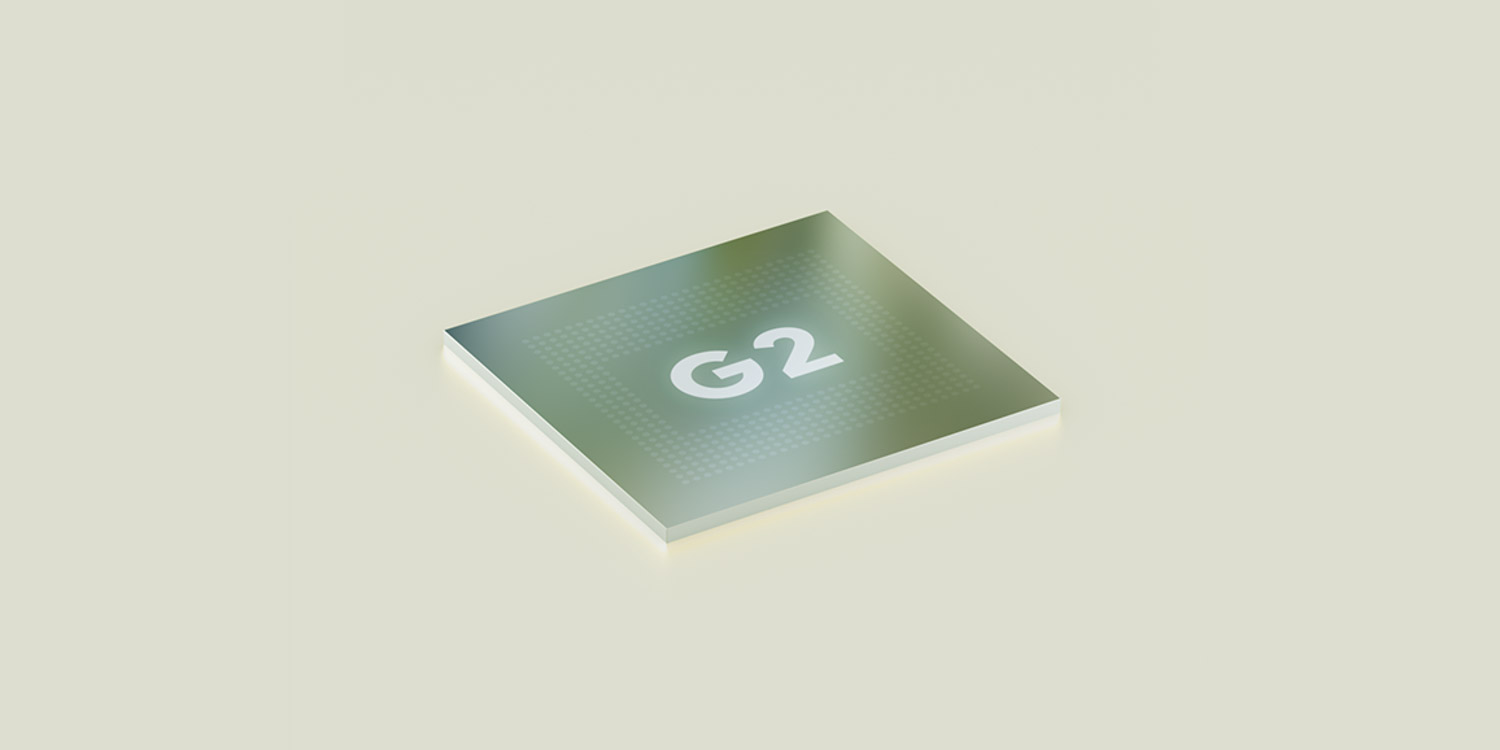
The phone is powered by the Google Tensor G2 chipset, the same chip found on the Pixel 7 series. This is backed by 8GB of RAM (another A-series milestone) coupled with 128GB of internal storage. Also onboard is Google’s Titan M2 chip for security.
One big change is with the phone’s power supply, which runs on a 4385 mAh battery with support for 18W charging speeds. While it won’t be able to charge particularly fast, the 7a does feature wireless charging at 7.5W, another first for the Google A-series line. Other details include an in-display scanner for biometrics, as well as face unlock.
Cameras
At this point, it’s rather clear that Google has given the 7a a significant boost in specs, and this includes the handset’s camera hardware. There’s a dual lens set-up on the rear panel that features a 64MP main camera, which outsizes the 50MP lens found on the Pixel 7 and 7 Pro, as well as any other Pixel A model before it – a significant upgrade, for sure.
For video, the main sensor will be able to record footage in 4K resolution at a maximum of 60 frames per second. Meanwhile, the ultra-wide and front cameras are limited to 4K + 30fps for video. Additionally, a lot of the Google camera features such as Night Sight, Magic Eraser, Photo Unblur, and Real Tone are all packed in with the 7a.
Pricing and Availability
Note: this article may contain affiliate links that help support our authors and keep the Phandroid servers running.


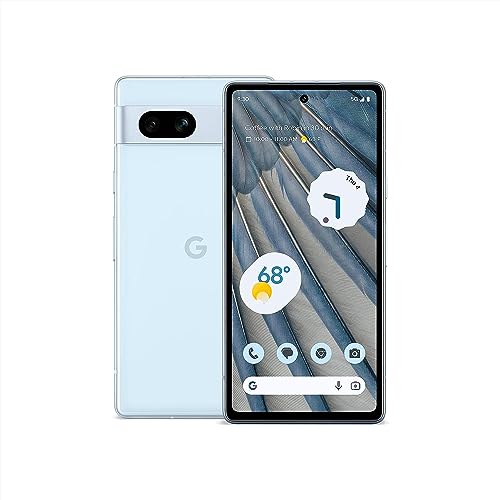

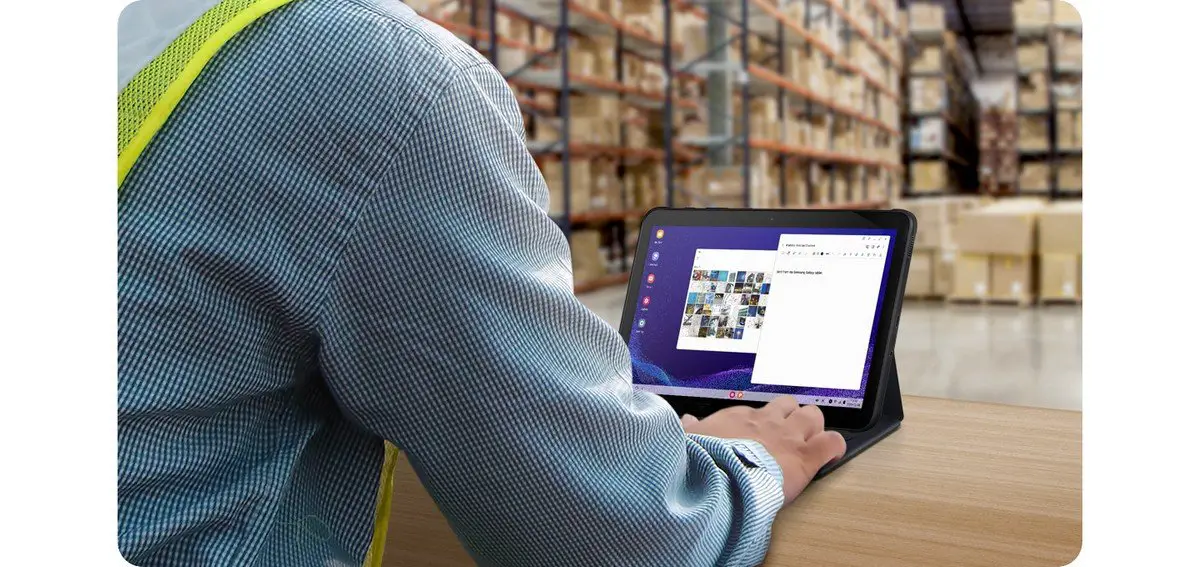
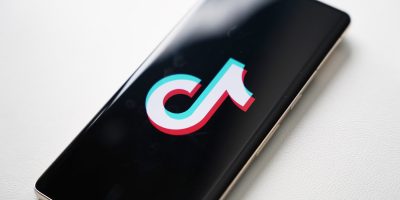


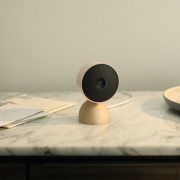
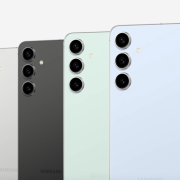
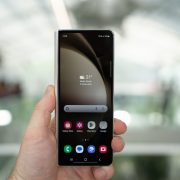
Comments